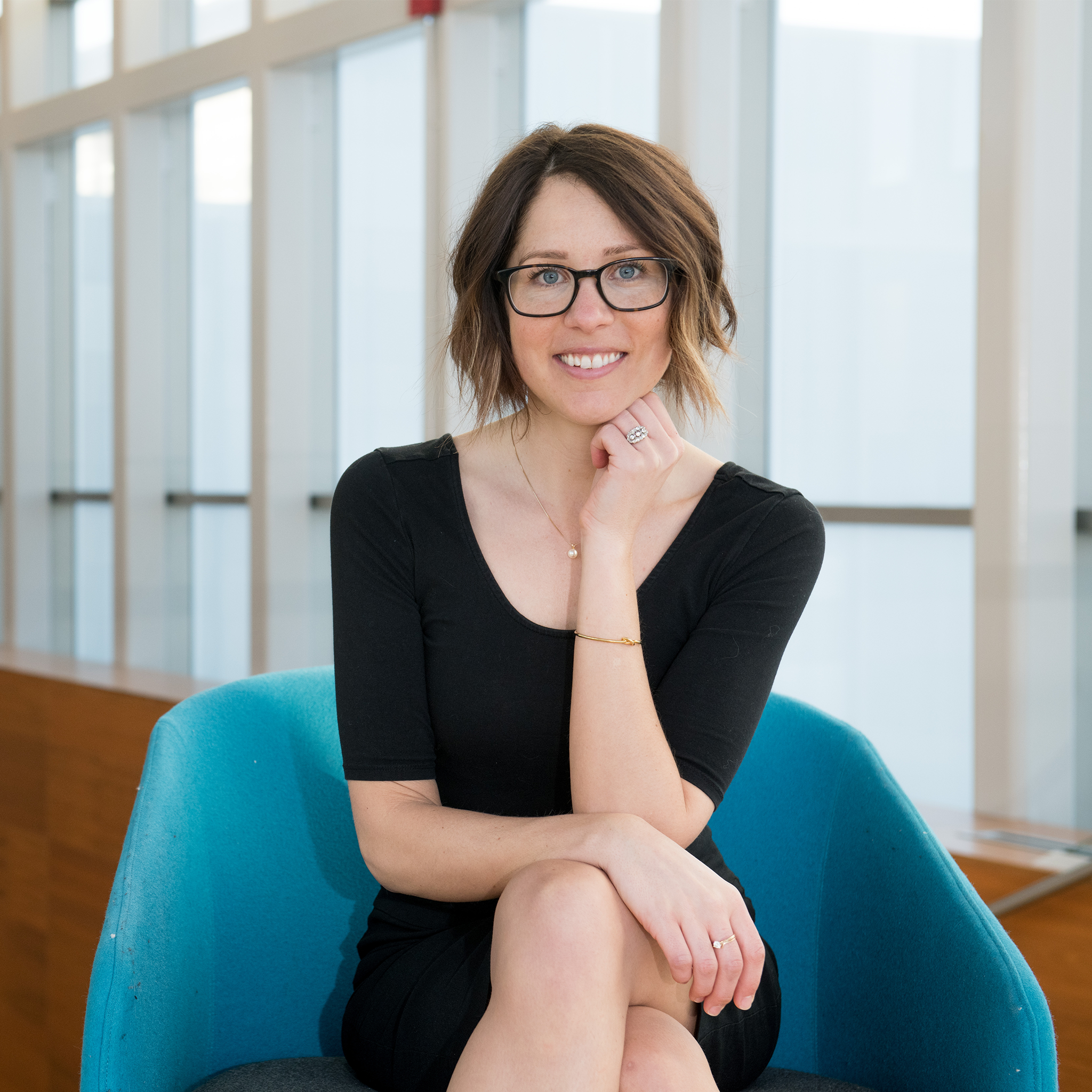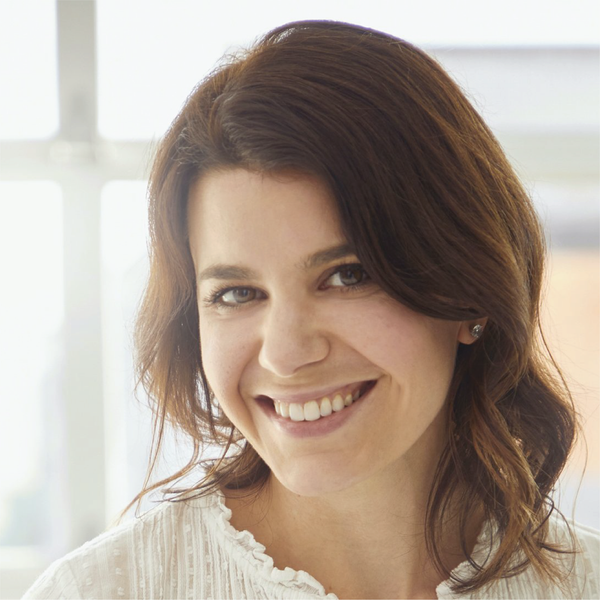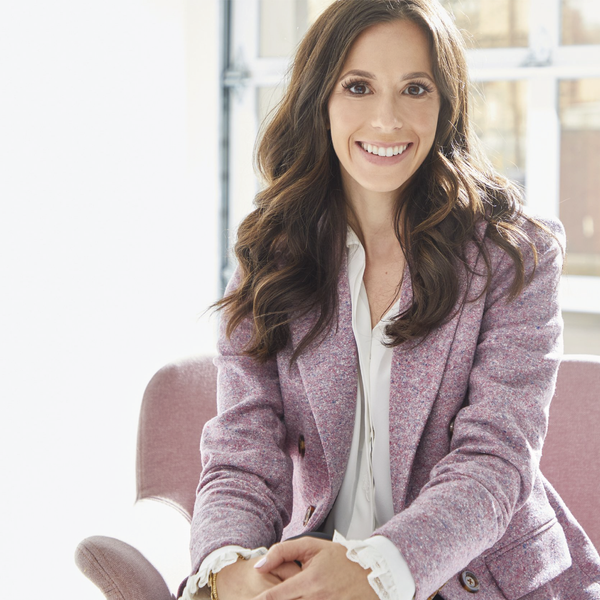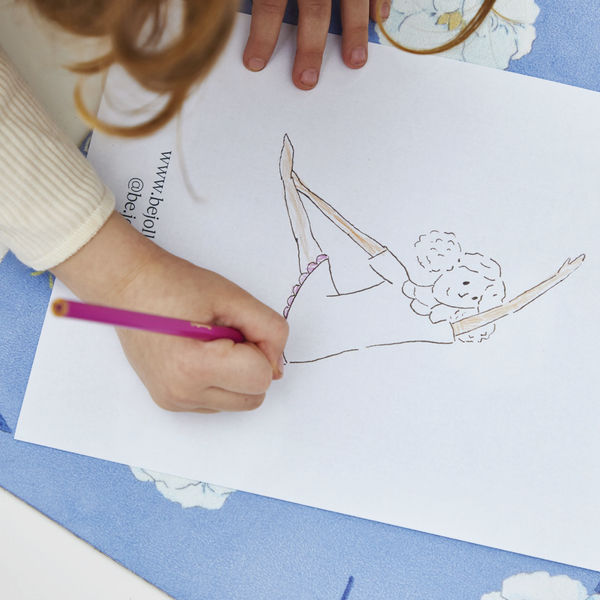The Benefits of Yoga in Childhood Cancer Treatment

Rooted in the idea that “when you do good, you feel good”, we believe this is reflective of our actions whether they’re on the mat or out in the world. That’s why we make it our business to give back. One organization we are thrilled to contribute to is the team of researchers at the University of Calgary who are offering movement opportunities at the Alberta Children's and Stollery Children's Hospital.
We are thrilled to talk with Dr. Amanda Wurz to learn more about the work she and her colleagues are doing.
What is your educational background and why are you drawn to research focused on developing and testing movement interventions (including physical activity and yoga) as a means of promoting health and quality life of those diagnosed with cancer?
I completed a BA in Psychology and then moved on to complete a MSc and PhD in the area of Health and Exercise Psychology. During this time, I also completed my 200-hour yoga teacher training and a specialized training to offer yoga to individuals affected by cancer (Yoga Thrive). Following this, I completed a 2-year postdoctoral fellowship in Dr. S. Nicole Culos-Reed’s Health and Wellness Lab at the University of Calgary. Throughout my training, I have witnessed the devastating impact cancer can have for young people and their families. However, I have also witnessed resilience and strength, and have clearly seen the role that movement can play - from enhancing mood, confidence, and feelings of support to improving flexibility, strength and endurance. From an early stage, I knew that my career would focus on finding ways to support this inspiring population through movement.
What do you see as the major advantages President Obama proclaimed September as National Childhood Cancer Awareness Month to bring awareness to pediatric cancer, which remains the leading cause of death by disease for children under the age of 14. (stjude.org)of yoga for people with cancer?
We know from the research that yoga can lessen many of the symptoms and side effects associated with cancer and its treatments, while enhancing overall well-being. For example, researchers have found that yoga may help individuals affected by cancer sleep better, feel more rested and relaxed, and experience improved quality of life and physical functioning (e.g., joint range of motion, and flexibility) [1,2,3]. Yoga may also help to reduce feelings of stress, decrease feelings of fatigue, and manage pain [1]. Finally, when people do yoga in a group, there is evidence to suggest they can feel more connected and supported [4,5].
Particularly for children and adolescents affected by cancer, what are some of the benefits you see from incorporating yoga during and after treatment?
Our team recently completed a review of the literature and although there is far less research available reporting on the effects of yoga for young people affected by cancer, yoga was found to be possible and potentially beneficial [6]. The benefits that have been reported with yoga for children and adolescents affected by cancer include reduced symptoms of fatigue and pain and improved quality of life. This echoes what I have seen, or heard from participants, within our programming – simply put, yoga helps them feel better physically and mentally on and off of the mat.
What does your research say about the different aspects of yoga: is it the movement, breathing techniques, or mindful moments -- or the combination of all of these?
Right now, we do not have data available that lets us tease apart the role of the different aspects.
What are the ultimate goals you would like to see from your study results?
We hope to continue providing evidence supporting movement for young people affected by cancer, so that eventually, movement is part of standard care and all children and adolescents affected by cancer have access to safe and supportive programming from diagnosis onward.
What are the chief challenges to developing movement programs for young children?
There are many challenges, at different levels, to developing movement programs. However, a main barrier that we often face is a lack of resources. Creating research programs with the capacity to be translated into sustainable community programming (that can be offered continually) is incredibly time – and resource-intensive (e.g., staff, equipment).
How do you gather your data?
Much of the research we do uses mixed methods approaches, which means we use surveys and activity trackers (e.g., FitBits) to gather numeric data as well as interviews (with participants, their parents, healthcare providers etc.) to collect qualitative data. In this way we can both look for trends in the effects of yoga and better understand people’s experiences with movement.
What effects has the pandemic had on program development? Has distance instruction/research gathering proven successful?
The pandemic has impacted our team’s ability to offer movement physically within the hospital. As a result, we are testing online delivery methods. We think this is important because beyond the pandemic, online movement programs are likely a highly feasible and sustainable way to continue promoting health and quality of life among young people diagnosed with cancer throughout their complex, highly variable treatment and survivorship timelines, when many enter/exit the hospital repeatedly, and are from diverse (and remote) areas across Canada.
How do you see Jollie’s contribution making an impact on your work?
As resources are often one of our largest constraints, Jollie’s contribution is immensely beneficial. Not only will the mats help us ensure safety during sessions, but they will be greatly valued by the children and adolescents accessing our programming who may not have otherwise had the chance to own their own mat.
What is the main message you would like to share for individuals affected by cancer who are considering getting involved in a movement program, like yoga, to support their health and wellness?
We know that yoga is safe and that it can be beneficial. Before starting any movement program, it’s always a good idea to determine if you are ready to move more. We recently wrote a Blog post for those who feel like they are ready to give yoga a try. You can read it here!
References
1) Danhauer SC, Addington EL, Cohen L, et al. Yoga for symptom management in oncology: a review of the evidence base and future directions for research. Cancer. 2019; 125(12):1979-89.
2) Galantino ML, Desai K, Greene L, et al. Impact of yoga on functional outcomes in breast cancer survivors with aromatase inhibitor-associated arthralgias. Integrative Cancer Therapies. 2012; 11(4):313-20.
3) Mazor M, Lee JQ, Peled A, et al. The effect of yoga on arm volume, strength, and range of motion in women at risk for breast cancer-related lymphedema. The Journal of Complementary and Alternative Medicine. 2018; 24(2):154-60.
4) Moadel AB, Shah C, Wylie-Rosett J, et al. Randomized controlled trial of yoga among a multiethnic sample of breast cancer patients: effects on quality of life. Journal of Clinical Oncology. 2007;25(28):4387-95.
6) Ellis K, Wurz A, McLaughlin E, Schulte F, Sung L, Culos-Reed SN. A systematic review of yoga for children and adolescents affected by cancer or blood disease. Under review.



